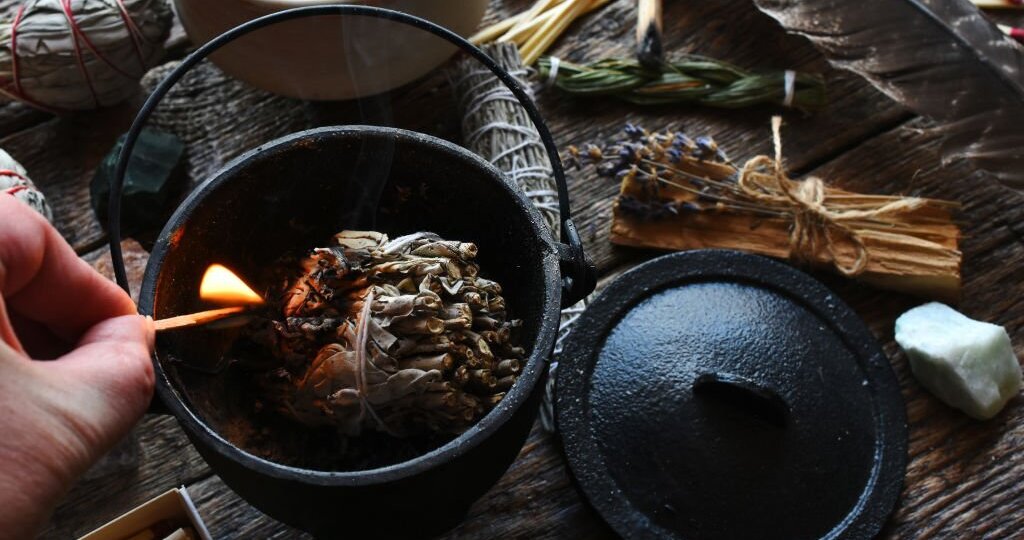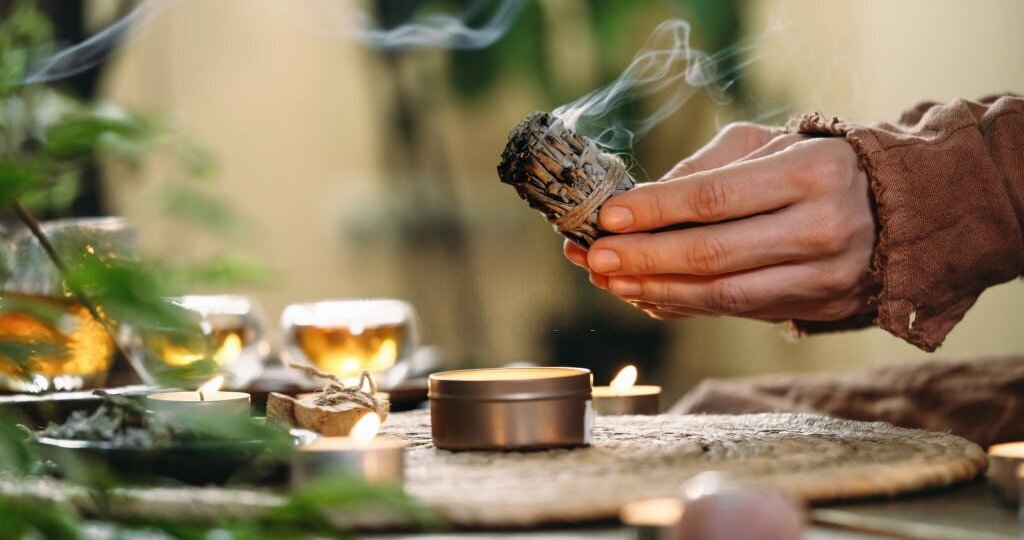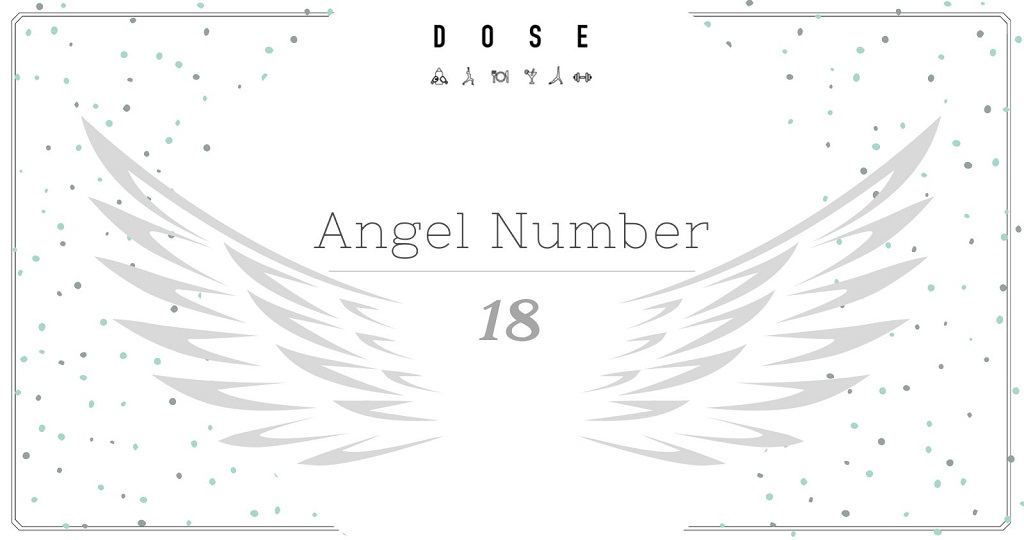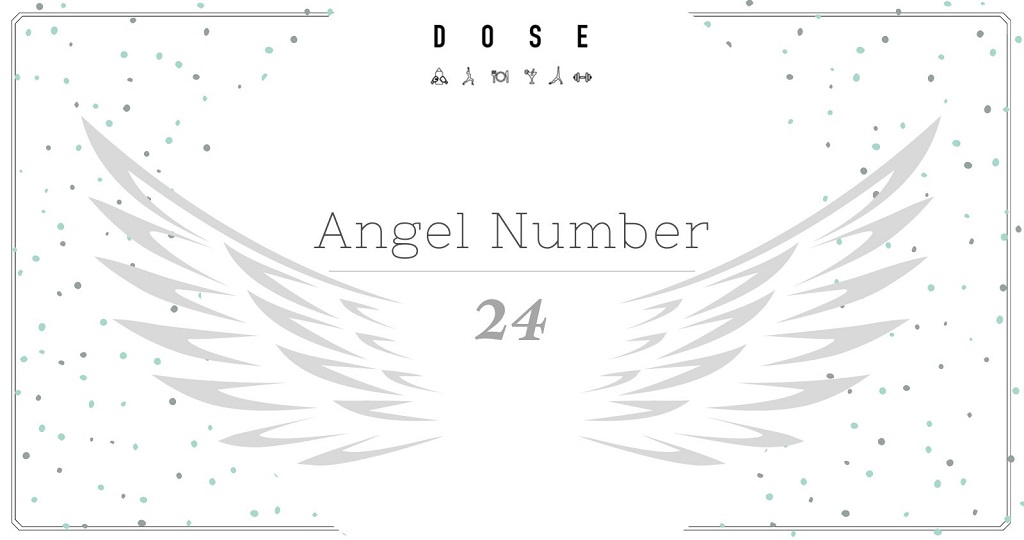Smudging ceremony is a spiritual practice that has been used by various cultures for centuries to cleanse and purify the mind, body, and soul. It involves burning sacred herbs such as sage, cedar, and palo santo and using the smoke to purify a person, space or objects. In this article, we will explore the history, significance, benefits, and practical guide of smudging ceremony in depth.
The History and Origins of Smudging Ceremony

Smudging ceremony has been practiced by indigenous cultures in North America, Europe, Africa, Asia, and South America for thousands of years. Native American tribes such as the Navajo, Cherokee, and Cree, used smudging ceremony as part of their healing and spiritual practices. They believed that negative energy, thoughts, and emotions could accumulate in a space or person and cause illness, stress, and pain. Smudging with herbs was a way to restore balance, harmony, and clarity to the mind, body, and soul.
Ancient Egyptians, Greeks, and Romans also used incense and fragrant herbs to worship their deities and communicate with the divine realm. In Asia, smudging with incense is a common practice in Buddhism, Taoism, and Hinduism for purifying the mind and enhancing meditation. The traditions of smudging ceremony were brought to the West by the Native American medicine people and have been adopted by many spiritual seekers and alternative healers.
Smudging ceremony is not only used for spiritual and healing purposes, but also for practical reasons. For example, some indigenous cultures use smudging to repel insects and purify the air in their homes. In addition, smudging with certain herbs such as sage and cedar has been found to have antimicrobial properties, which can help to kill bacteria and viruses in the air.
Today, smudging ceremony has become more mainstream and is often used in alternative healing practices such as Reiki, acupuncture, and massage therapy. It is also used in many non-spiritual settings such as hospitals, schools, and workplaces as a way to promote relaxation, reduce stress, and improve overall well-being. As the popularity of smudging continues to grow, it is important to remember and honor its origins and the cultures that have been practicing it for thousands of years.
Understanding the Spiritual Significance of Smudging Ceremony

Smudging ceremony is a sacred and symbolic ritual that involves connecting with the spirit of the plants and the Great Spirit. The burning of herbs releases the plant’s essential oils and resins, which have healing properties and create a fragrant smoke that acts as a bridge between the physical and spiritual realms. By inhaling the smoke and setting intentions, one can enter into a meditative state and connect with their inner wisdom, ancestors, and spirit guides.
Each herb used in smudging ceremony has specific properties and spirits associated with it. For example, sage is known for its cleansing and purifying effects, while cedar is used for protection and grounding. When smudging, one can call upon the spirit of the plant and ask for its support and guidance in the healing process.
Smudging ceremony has been practiced by indigenous cultures for centuries as a way to cleanse and purify the body, mind, and spirit. It is believed that the smoke from the burning herbs can dispel negative energy and restore balance and harmony to the individual and their environment. Smudging can also be used to mark significant life events, such as births, deaths, and marriages, and to honor the natural world and its cycles. It is a powerful tool for spiritual growth and transformation, and can help individuals connect with their higher selves and the divine.
The Benefits of Smudging Ceremony for Mind, Body, and Soul
Smudging ceremony has numerous benefits for the mind, body, and soul.
- It can promote relaxation, reduce stress and anxiety, purify the energy field, enhance mental clarity and focus, and increase spiritual awareness and intuition.
- Scientific studies have shown that burning sage can also kill harmful bacteria and pathogens in the air and have anti-inflammatory and antioxidant properties.
- Smudging can help people release negative emotions, old patterns, and attachments that no longer serve them, and invite in new blessings and positive energy.
How to Prepare for a Smudging Ceremony
Before conducting a smudging ceremony, it is essential to set a clear intention and create a sacred space.
- One can prepare a smudging bowl, lighters, and feathers, and choose the herbs to use during the ceremony.
- Traditionally, sage bundles or smudge sticks are used, but loose herbs or palo santo wood can also be used.
- It is recommended to choose ethically sourced and high-quality herbs from a reputable source. One can also create a smudging altar or arrange crystals, candles, and other sacred objects to honor the spirit of the plants and invite their blessings.
Step-by-Step Guide to Conducting a Smudging Ceremony
Here is a step-by-step guide for conducting a smudging ceremony:
- Start by opening windows and doors to allow fresh air and positive energy to flow in.
- Light the herb bundle or palo santo stick and let it burn for a few seconds before blowing out the flame.
- Hold the smudging bowl or abalone shell under the herb bundle to catch ashes and prevent the embers from falling onto the floor.
- Start smudging yourself by using the feather or your hand to fan the smoke around your body, from your feet up to your head, as you set your intention. Be careful not to inhale the smoke directly or touch the hot end of the herb bundle.
- Next, start smudging the space or objects by walking around the room or area clockwise while fanning the smoke towards each corner, door, and window. Be sure to focus on areas that feel heavy, stagnant or cluttered.
- After you finish smudging, extinguish the herb bundle in the smudging bowl or sand. You can also save the remaining herbs for later use.
Different Types of Herbs Used in Smudging Ceremony
There are many types of herbs and plants used in smudging ceremony, each with its unique properties and spirit. Some of the most common ones are:
- Sage: known for its cleansing and purifying effects, it is used to remove negative energy and restore balance.
- Cedar: used for protection, grounding, and promoting clear thinking.
- Palo Santo: meaning “holy wood” in Spanish, it is used for purifying the space and inviting positive energy.
- Sweetgrass: used to invite in good spirits and positive energy.
- Lavender: used for relaxation, sleep, and reducing stress.
Tools Used in Smudging Ceremony: Sage Bundles, Feathers, and Abalone Shells
In addition to herbs, smudging ceremony also involves using tools such as sage bundles, feathers, and abalone shells. Sage bundles, also known as smudge sticks, are tightly bound herbs that can be lit and used for smudging. Feathers or fans are used to fan the smoke towards oneself or around the space. They are often considered sacred objects that can help connect with the spirit world. Abalone shells are used to hold the smudging herbs and catch ashes, and also represent the element of water.
Combining Smudging with Other Spiritual Practices Such as Meditation and Yoga
Smudging can be combined with other spiritual practices such as meditation and yoga to enhance their effects. For example, smudging before meditation can help center the mind and clear the energy field. Smudging during yoga practice can help release tension and blockages in the body and promote relaxation. One can also use specific herbs for different yoga poses or chakras to invoke their healing properties and support.
Common Misconceptions about Smudging Ceremony
Some people may have misconceptions or misunderstandings about smudging ceremony. Here are some clarifications:
- Smudging is not a religious practice. It is a spiritual practice that can be used by people of all faiths or beliefs.
- Smudging does not involve worshiping any specific deity or spirit, but rather connecting with the spirit of the plants and the Great Spirit.
- Smudging does not require any specific training or qualifications. It is a simple and intuitive practice that can be learned and adapted to one’s needs.
- Smudging does not have any negative side effects if done correctly. However, one should be cautious not to inhale the smoke directly or burn themselves with the herb bundle.
In conclusion, smudging ceremony is a powerful and accessible spiritual practice that can promote healing, balance, and harmony in one’s life. Whether you are looking to purify your home, enhance your meditation, or connect with your intuition, smudging can be a valuable tool on your spiritual journey.
















